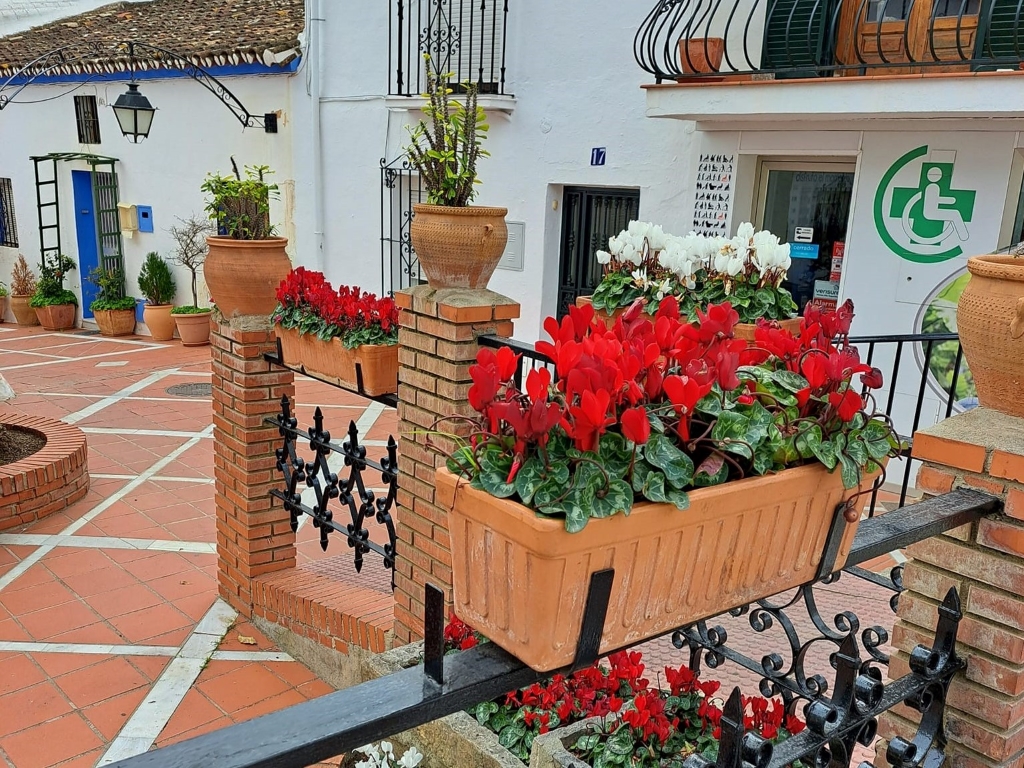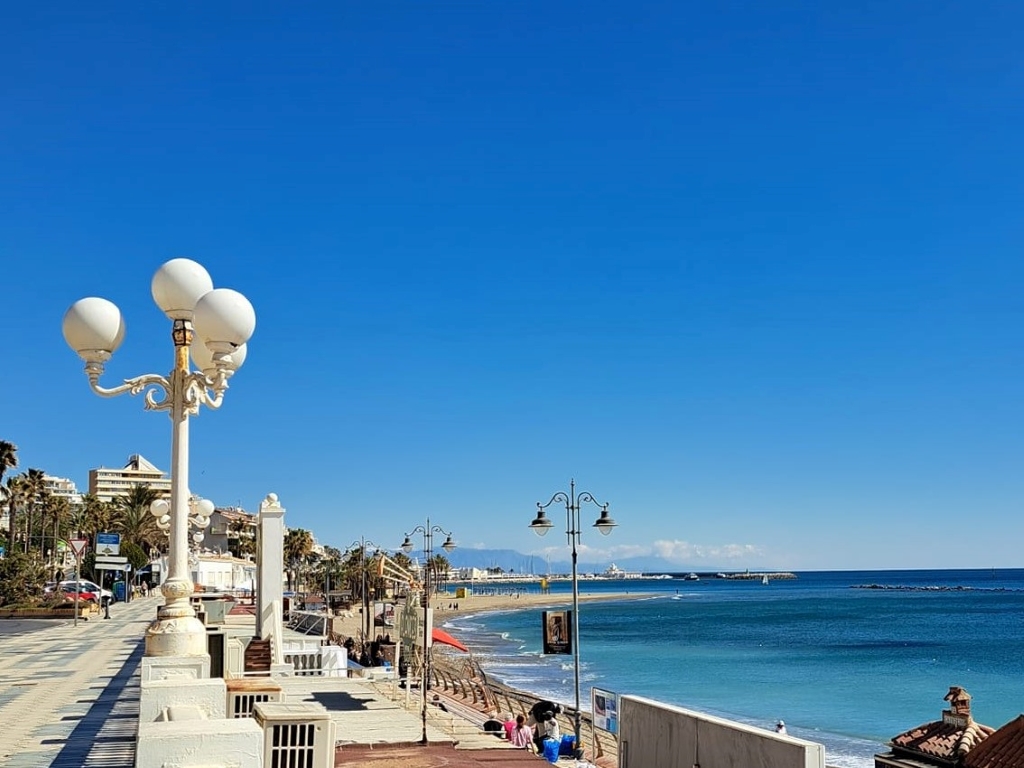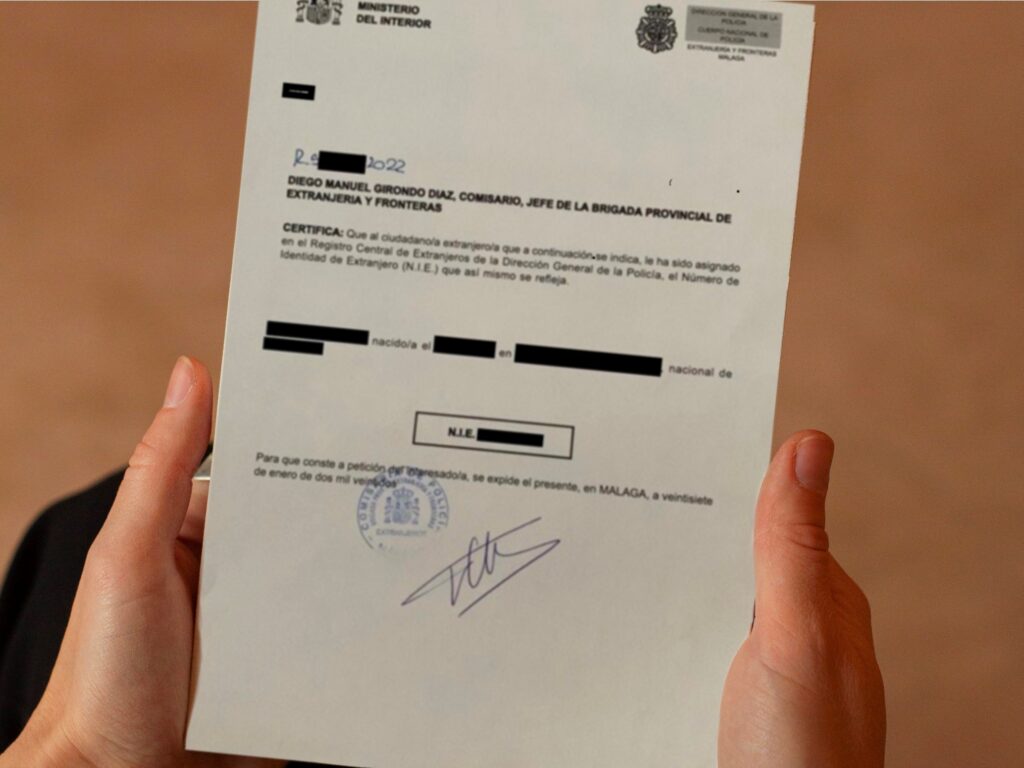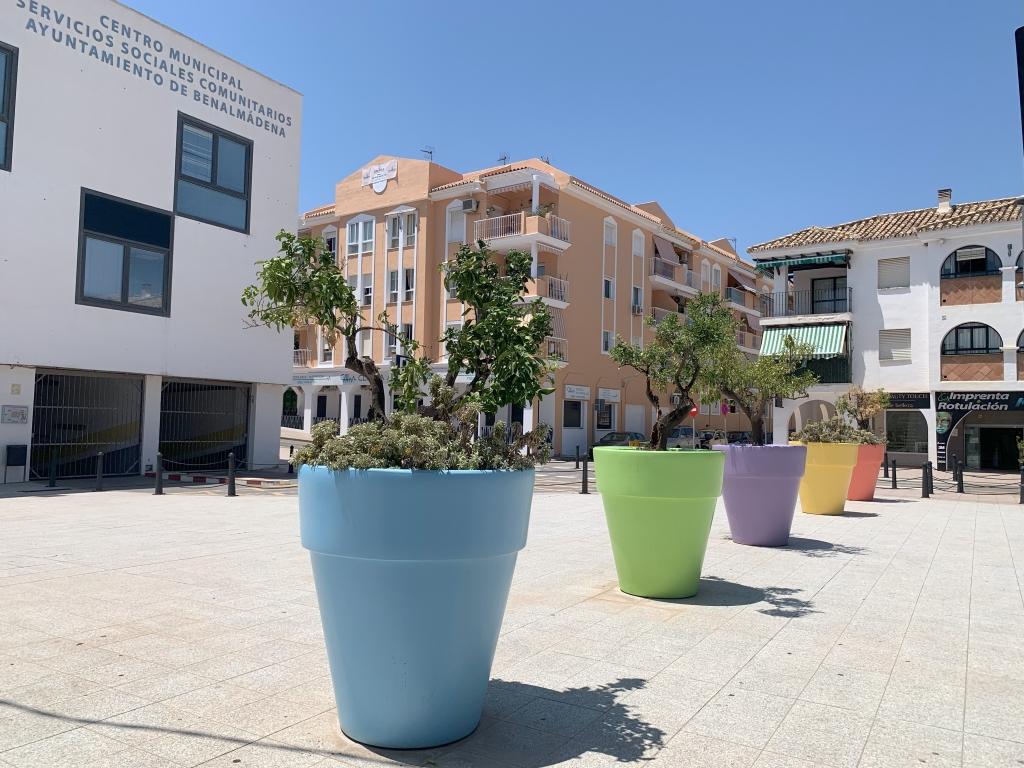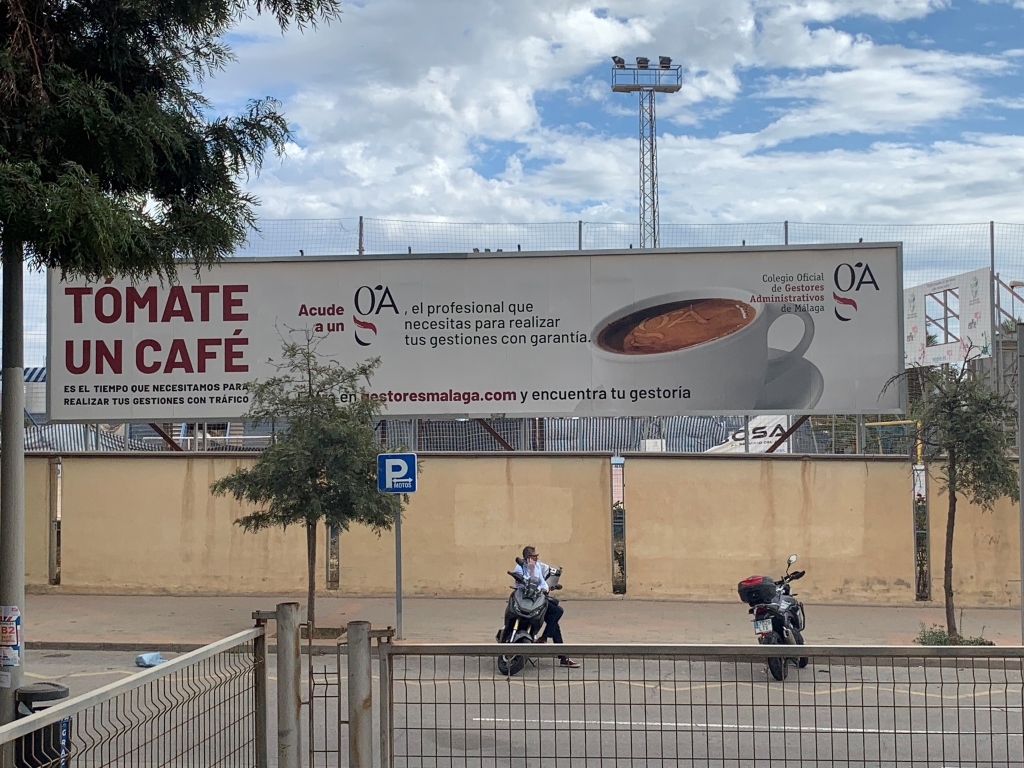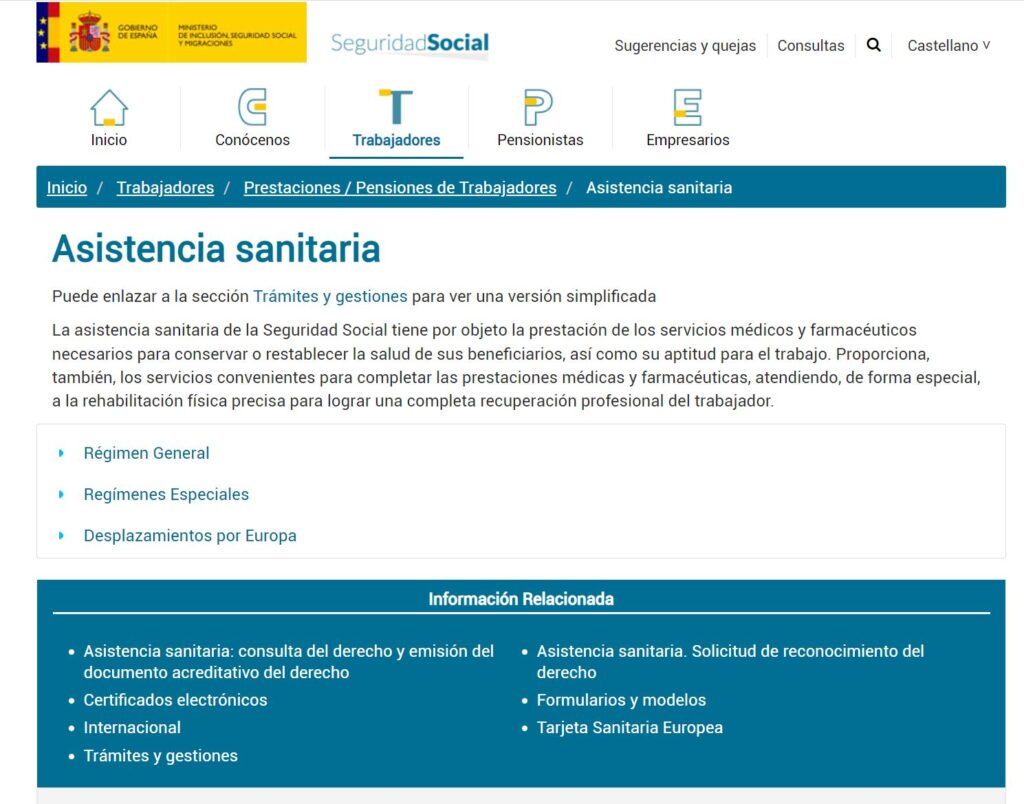| This page contains affiliate links. This means I may receive a small comission if you click on them or use the services they provide, at no extra cost to you. Check our Affiliate Disclaimer here. |
Continuing foreseeing your first months in Spain – did you read the first part of this Spoiler/fraud alert? If not, click here – oh! I see a bank account in your future! And in Spain!
Table of Contents
Explaining the NIE
Fantastic, but first let’s take a good look at that NIE you just got: it is an A4 piece of paper, with a text that reads that someone assigned you a NIE, followed by a number in the format L-NNNNNNN-L (where L are letters and N are numbers). It has a stamp and a signature.
Well, the NIE itself is that sequence of numbers and letters (not the paper), but most of the times someone asks for your NIE in Spain, they expect to see it written in an official document; and though the A4 paper is technically so, they are either referring to the “greencard” (if you are from the EU) or to the TIE (if not). Both are residence documents that mention your NIE, but you don’t have them yet.
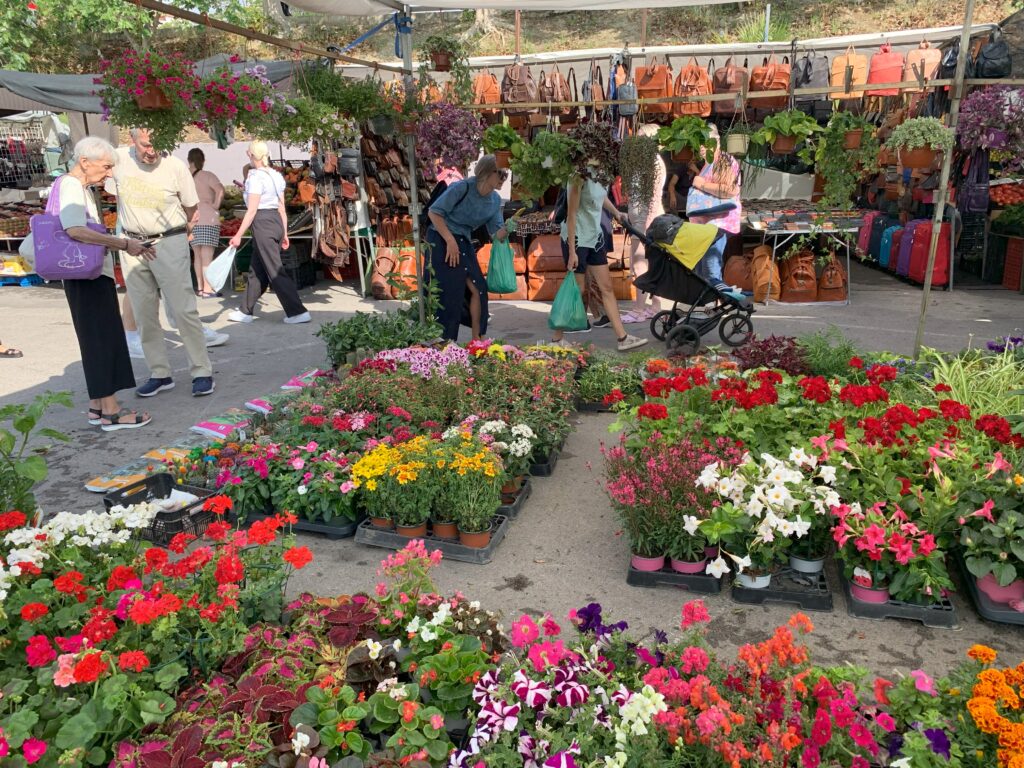
Photo by Mama Málaga
Banking in Spain
We knew nothing of these NIE nuances and managed to open first hubby’s account, then mine, both before residence was concluded. We tried his first because we always assumed that an EU citizen would have better chances; after we managed to get his, we tried mine in the same agency and both worked. I explain this in details in the post about money transfers & banking in Spain for non-residents.
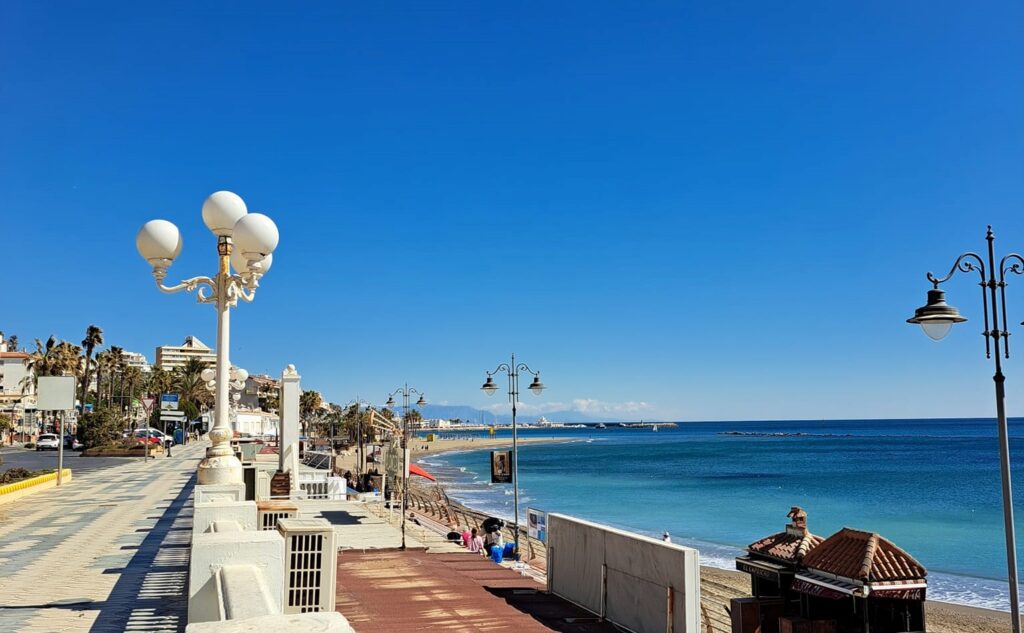
The all important digital certificate
While on your quest for the perfect home and the good enough bank, you can also deal with the digital certificate, if you plan to be a resident in Spain. This is a document done through the Agencia Tributaria https://sede.agenciatributaria.gob.es/Sede/inicio.html, which is pretty much the IRS (USA), Receita Federal (Brazil) or Maksu -ja tolliamet (Estonia); the tax collection institution of the country.
This digital certificate makes the presentation of future tax reports easier and allows access to some governmental related websites that carry personal data, such as pension contributions and healthcare information. It is also fairly easy to obtain.
You have to set an appointment and go there with NIE, passport and filled form. Once it is generated, computer installation instructions will be forwarded to the e-mail you provided during the request (I am saying it is easy, but hubby did this installation part. It is so easy when someone else does it… but let me tell you, I saw the process and it was only “press next” a couple of times or so.)
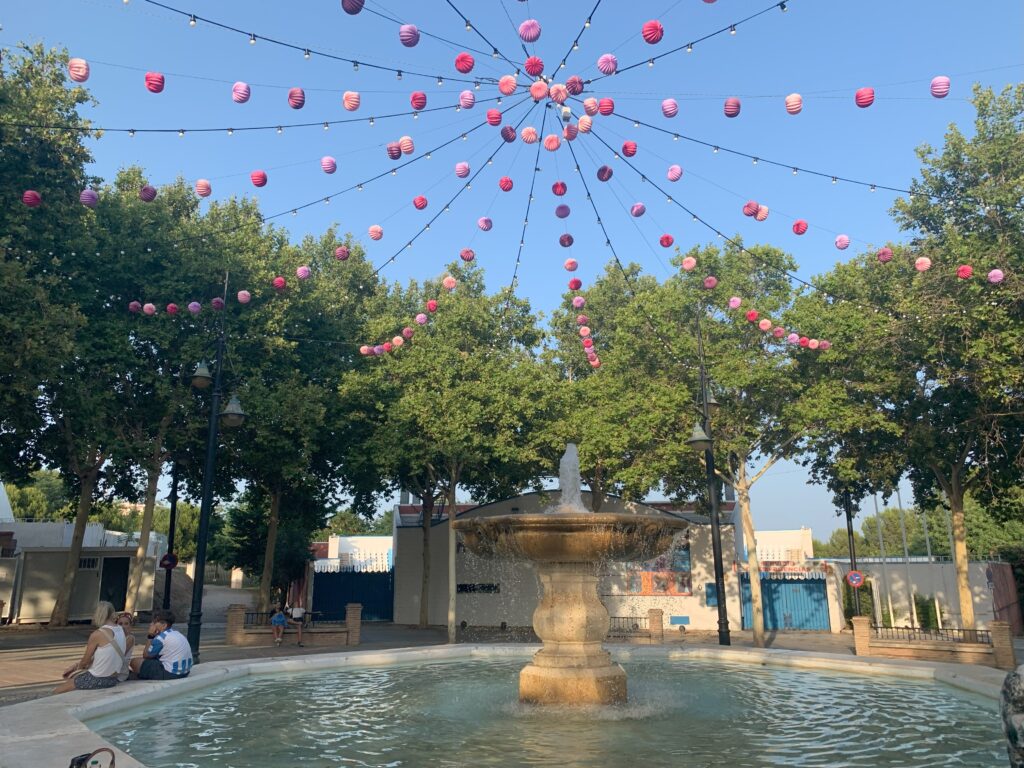
Find a good gestor, if you haven’t yet
Now, when dealing with this document, as it is a tax related matter, I feel is a good time for you to have a gestor, as you have had some time and interacted with some locals; maybe you already got a good recommendation? Interviewed a few? If you don’t have yet, dont miss the post on how to find a good gestor!
Jobs & autonomos
On a related matter, do you have a work in Spain? Do you intend too? It can be easy to find a job if you work on IT or with construction, but otherwise, it is mostly difficult, from what I read on Facebook. If you work from home, if you are a digital nomad or have your own company, one of the options is to become an autonomo (something like self-employed) which entails monthly payments for the social security, but also access to healthcare and to a future pension.
Hubby has his own company, so he became an autonomo. I became autonomo too, providing services to Hubby’s company (I can say Hubby is the boss!) This process of becoming autonomo was done with the help of a gestor, so I suggest, if you are considering becoming autonomo too, that you talk to one and follow his/her advice.
Autonomos tend to pay more taxes and fees than otherwise employed people, but the only option we saw to avoid that was to open a branch of Hubby’s company in Spain and become employees of this company. Unfortunately, in our case, it would cost monthly even more than being an autonomo. Let me know (please!!) if you find a better way.
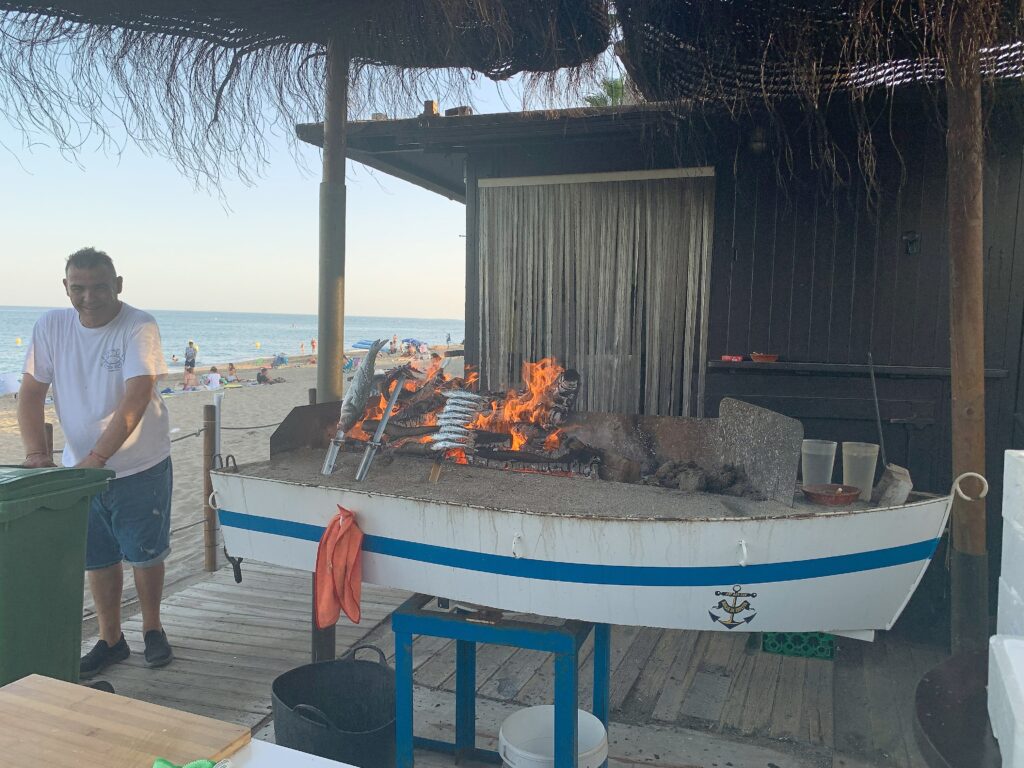
Buy or rent, but get the Padrón
Once you have a bank account in Spain and a NIE, a wide range of possibilities open. You can transition to a pos-paid phone keeping the same number, after all you already gave it to so many real estate agents. You can now close the deal on a home, be it a rental or a buy. If you are going to rent, remember to check with the ayuntamiento if there is a minimum amount of time to rent in order to get the Padrón (in Benalmádena: 3 months) and to ask if the landlord will sign this important document for you.
Don’t rent without his/her agreement, as Padrón matters if you intend to have access to schools, healthcare, if you are bringing your goods to Spain or intend to become a resident. Once you have the house, contact the utilities providers (ask the real state agent, the landlord or the previous owner which they used and keep the same for now; you may change it in the future if needed). Do your Padrón in the local ayuntamiento and take this huge elephant out of the living room.
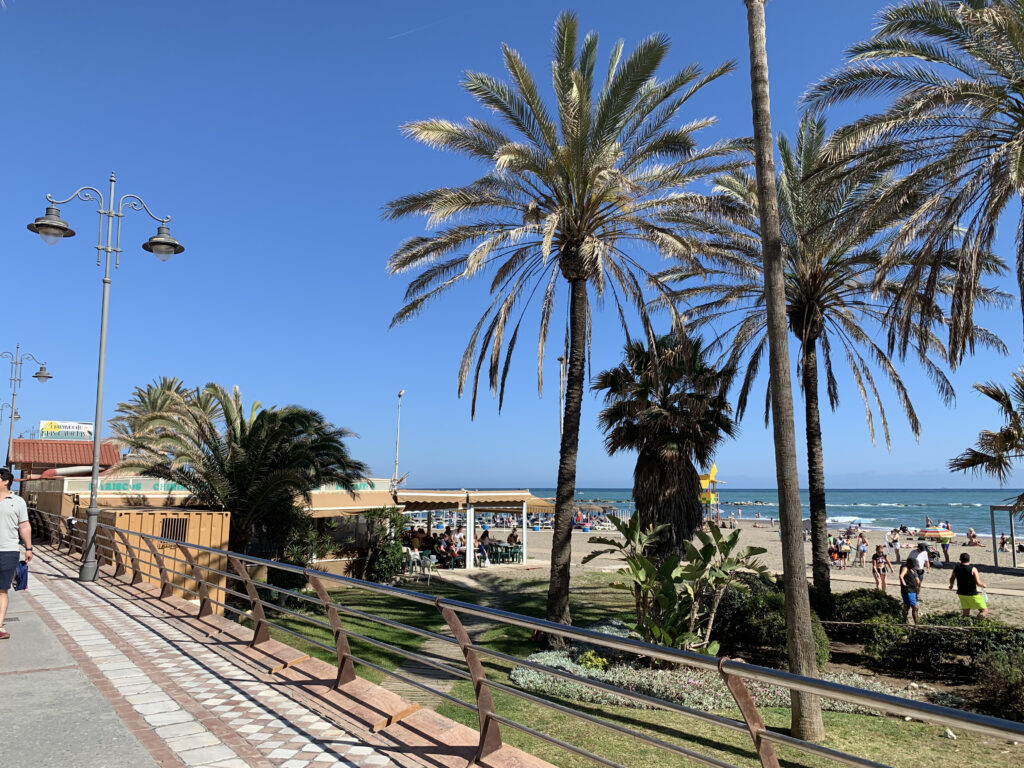
Residence!
The next logical step is to get the residence permit. This process varies a lot depending on what your residence request is based on. Check the residence post for a lot more information on the matter, by the way; here is just the short version. And check the section about getting your Spanish documents from Living in Spain too, as there are the detailed procedures we took to get each document done.
In our case, Hubby and Kiddo are Europeans and I am a family member of an EU citizen, so we knew the residence processes that were pertinent to us. Hubby, European, got the residence very easily. He needed an appointment, filled form, tax paid, passport and copy of identification page, NIE, proof of funds and proof that he was an autonomo (this last one was not a requirement per se, but together with the padrón, it allows him to use local healthcare, so we didn’t have to get a private health insurance).
Easy, right? Not much? I see. But I promise it didn’t feel like too much at the time. Plus, carrying our file folder around with every document we had ever obtained and their copies made it easier – we simply couldn’t have forgotten something if we had everything and their copies with us.
For me, non-European, it was almost the same; the only addition was that I had to present a copy of my full passport, every single page, to prove that I had entered Europe less than 90 days before. I also had to prove that I was married to an EU citizen, and needed a letter from the Spanish government saying they acknowledged my right to live in Spain due to marriage.
For Kiddo the first time we tried was unsuccessful because he wasn’t present; according to the police, the kid had to be there, go figure. So we made a new appointment and Kiddo gladly skipped school to go to the police. I hope your residence procedures go smoothly too.
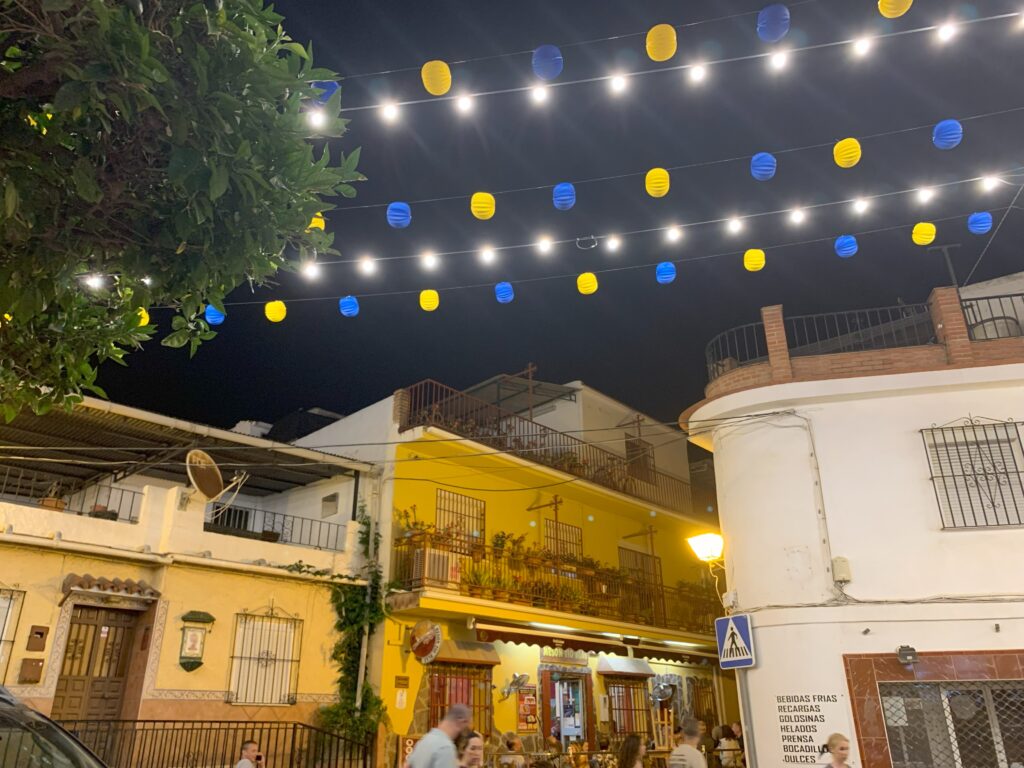
I see a car in your future (maybe)
With the residence sorted, you can deal with car related stuff. You need a residence permit to exchange your driver’s license and a valid license to buy your car and to have it insured. Do you have to change your driver’s license? If it is not European or is expired, yes, you do.
Check our experience with the driver’s license exchange – as usual with documents, this one has been easy, though the document can take a while to be sent. In the meantime, you have a provisory driver’s license, good for 3 months. The car insurance is the easiest thing if you are buying from a car dealership, because they take care of it. You may need to ask them to not ship your car documents to you, though, if you still don’t have a permanent address. Ask to collect it in the dealership.
The healthcare card
The last step (at least for us) was the healthcare card, something that needs to be shown in order to use public hospitals. For free, people from the US, completely for free. To get the card we were required to fill a form, provide a document with NIE and a copy of this document, the famous padrón and a document called “Documento acreditativo del derecho a assistencia sanitaria pública” which translates vaguely to “document that declares the right to public healthcare”.
This Documento acreditativo one is obtained through the social care institution, and our gestor got it online for us. One needs to be a taxpayer to have it; we got it because autonomos qualify. Now getting the healthcare card was tricky; check the healthcare post to know further.
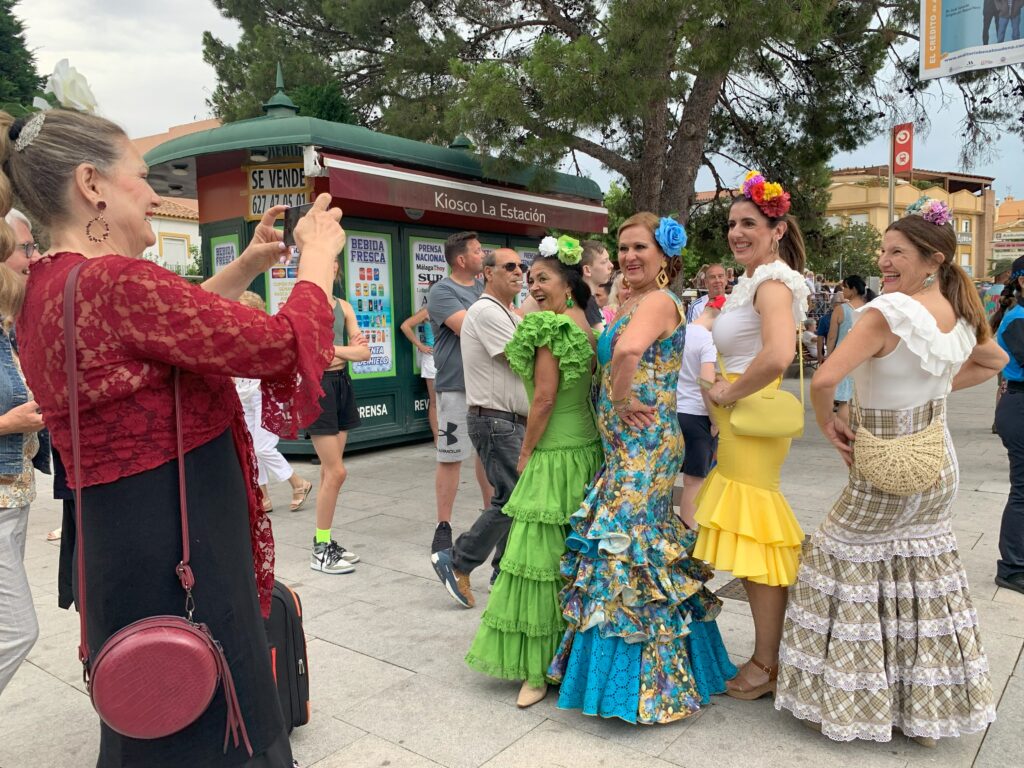
Unpack and start shining 🙂
Getting there! Don’t forget to celebrate each step closer to normality, even if it is just an “Hurray, we are doing it!” It helps if you enjoy the process, much better that dreading the uncertainties. The glass is getting full.
At this stage all that is left to do is to unpack and to buy sunscreen, whatever your new home needs, and more sunscreen… and then change the kid to a permanent school, now that you have a permanent home and address. Make new friends in the process (meet up is an app that is valuable for this, specially if you are into sports; the many communities on facebook are good too – the expats in Spain are extremely social, one can fill their planner with social activities from monday to monday if one so wishes), and life is getting ready to be normal again.
When you get to this stage and finish unpacking, you are not on the move anymore, you are finally living in Spain. It’s good.
Next: A foolproof method to find a good gestor

